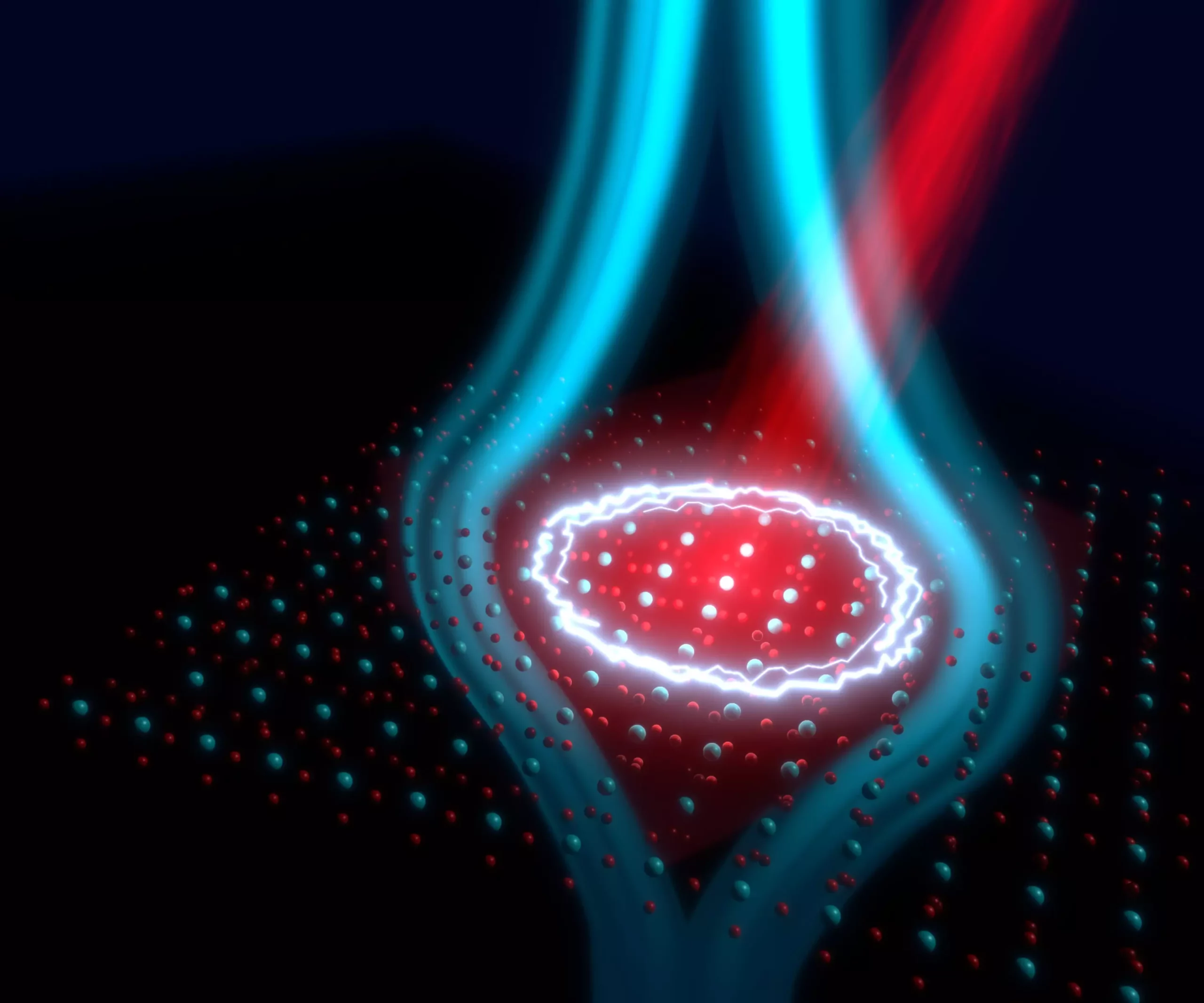Superconductivity has long been a captivating field of study since the discovery of materials that exhibit zero electrical resistance when cooled to cryogenic temperatures. Traditionally, this extraordinary behavior has largely evaded practical utility at higher temperatures, confining its applications mostly to laboratory settings and niche technologies. However, the paradigm is shifting with recent advancements focusing on light-induced superconductivity, a fascinating variation that might open up new avenues for technology capable of operating at ambient conditions.
Light-Induced Superconductivity Explained
In essence, light-induced superconductivity involves using laser pulses to alter the state of certain materials, such that they exhibit superconductive properties without the need for extreme cooling. This phenomenon hints at a tantalizing possibility of manipulating quantum states using electromagnetic radiation, allowing researchers to explore non-equilibrium conditions where superconductivity can be momentarily achieved. The significance of this advancement cannot be overstated, as it opens doors to creating high-speed electronic devices that operate at unprecedented rates, thereby revolutionizing industries reliant on fast data processing and transmission.
Innovative Research at the Forefront
Pioneering work conducted by a team at the Max Planck Institute for the Structure and Dynamics of Matter has spotlighted attention on the material YBa2Cu3O6.48. Traditional methods have held researchers captive to low-temperature environments, but the ability to induce superconductivity through laser irradiation challenges conventional wisdom. By utilizing extraordinarily rapid laser pulses, the team led by Andrea Cavalleri has been able to reveal the inherent magnetic properties of the material in this newly stimulated superconductive state. The innovative experimental framework developed by the researchers allows for the monitoring of magnetic behavior with exceptional precision, a feat that previous studies struggled to achieve.
This novel discovery that YBa2Cu3O6.48 can expel magnetic fields, akin to traditional superconductors, while under laser excitation is monumental. The work demarcates a crucial step toward understanding the transient nature of the state, and raises questions about the potential for achieving lasting superconductivity at higher temperatures. The synchronization of superconducting order through the fine-tuning of light pulses offers a tantalizing window into a future where room-temperature superconductivity might no longer be a far-off dream.
The Implications for Technology and Society
The practical implications of light-induced superconductivity are vast and multifaceted. Superconductors are not only celebrated for their unique electrical conductance; their ability to repel magnetic fields gives rise to potentially groundbreaking applications in magnetic levitation, energy storage, and quantum computing. With laser-induced superconductors operating at ambient conditions, we could foresee a new generation of devices that dwarf the current capabilities of modern electronics. The prospect of faster, more efficient data transfer, alongside substantial energy savings, could reshape our technological landscape.
Moreover, integrating these advanced materials into everyday applications—ranging from transportation systems utilizing magnetic levitation to an expansive array of consumer electronics—could herald a new epoch in technological development.
A Journey Towards Understanding
Despite the progress achieved in this research domain, a comprehensive understanding of the underlying mechanisms driving light-induced superconductivity remains to be fully articulated. While the findings create an exciting momentum, the scientific community is still wrestling with the fundamental questions surrounding the coherence of charge carriers under non-equilibrium conditions. It signifies an important juncture in superconductivity research that invites collaborative investigations across various disciplines, from condensed matter physics to materials science.
As such, these studies act as a springboard not just toward practical utility in superconductors, but also toward deeper exploration into quantum states and their manipulation. The enthusiastic responses from researchers and theorists alike underscore the notion that light-induced superconductivity holds transformative potential far beyond traditional superconductivity.
This cutting-edge research is reshaping our grasp of quantum mechanics and material properties, taking us closer to realizing the dream of manipulating matter in ways previously confined to the realms of science fiction. Superconductivity in ambient conditions could become a cornerstone of future technologies, radically altering the foundations of our interaction with the physical world. As we peel back layers of complexity surrounding this phenomenon, each layer uncovers more mysteries and possibilities, feeding both curiosity and innovation in equal measure.

